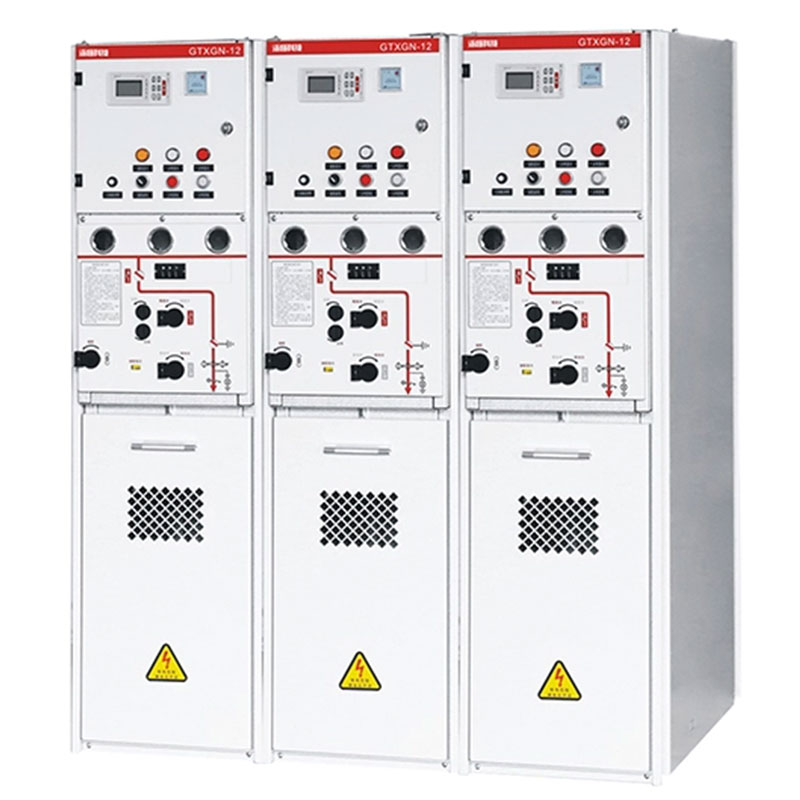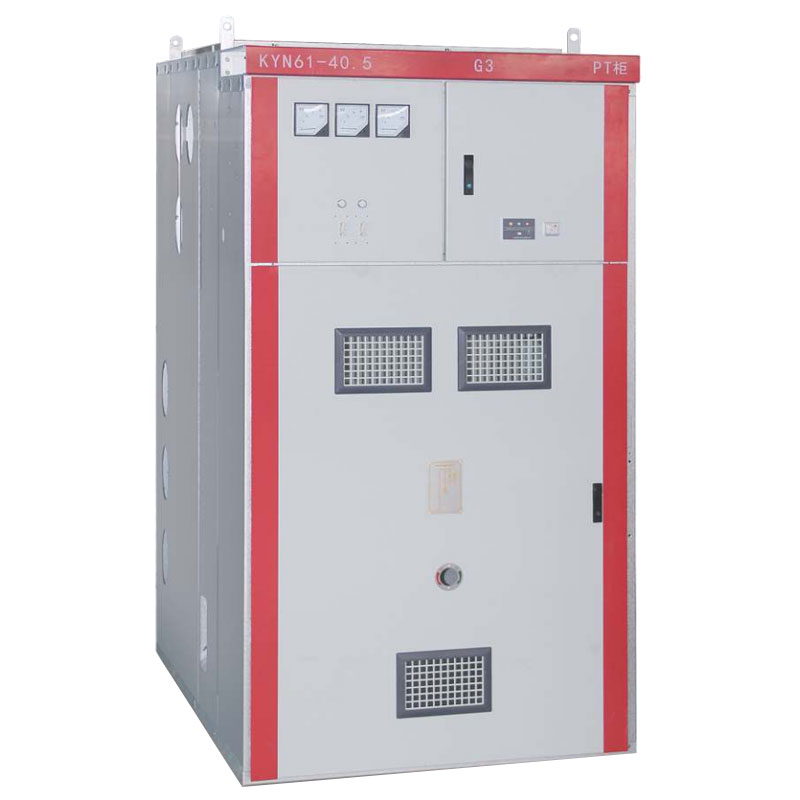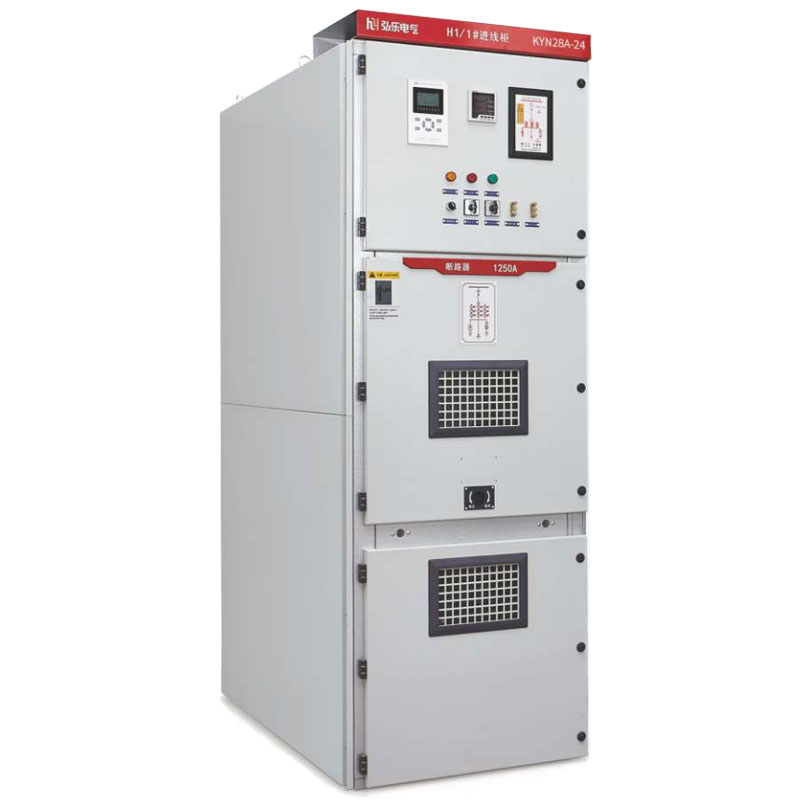What is the difference between servo voltage stabilizer and static voltage stabilizer?

 Site Editor
Site Editor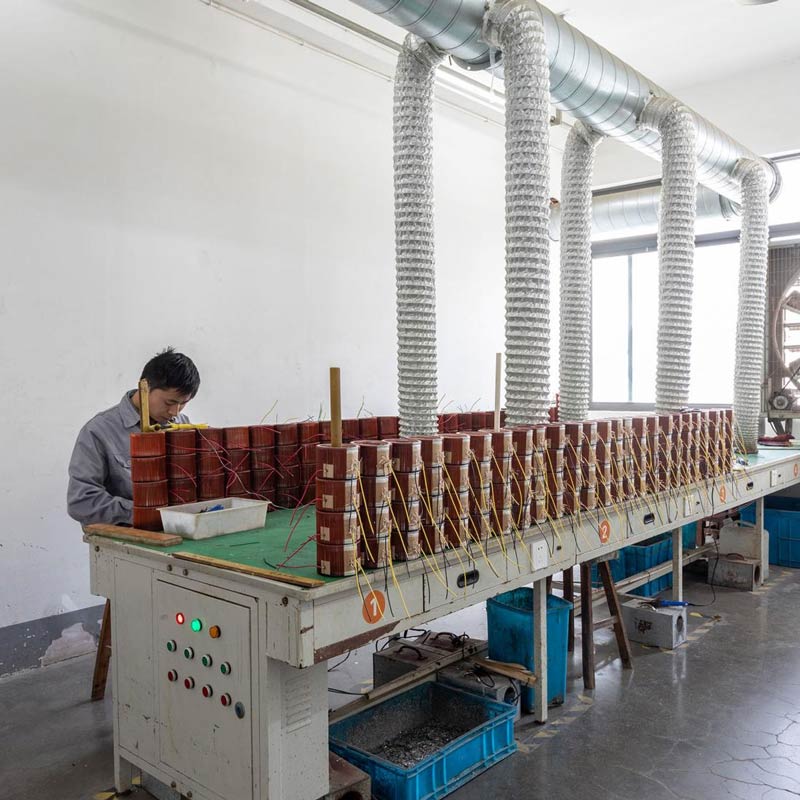
A servo voltage stabilizer works on a servo mechanism; it rotates both clockwise and anticlockwise to control the fluctuating voltage levels. While a static stabilizer does not have moving parts, as the name says, these stabilizers are static. With the help of buck-boost transformers and microprocessors, static stabilizers make sure your appliances are safe from annoying voltage fluctuations.
Static Stabilizer or Static Voltage Stabilizer(SVS) is an SMPS type of stabilizer for mains voltage that is AC input and AC output. This stabilizer has a new switching topology where the PWM is performed directly in AC- to- AC switching, without causing any harmonic distortions. In this type of topology, there is no need to convert the AC input to DC and then again convert it back to the regulated AC output. The new topology has simplified the design by reducing the component count that improves the efficiency and reliability. The power stage in the SVS is an IGBT chopper control. The chopping frequency ranges around 20 KHz that ensures absolute silent operation of the SVS and a pure sine wave output.
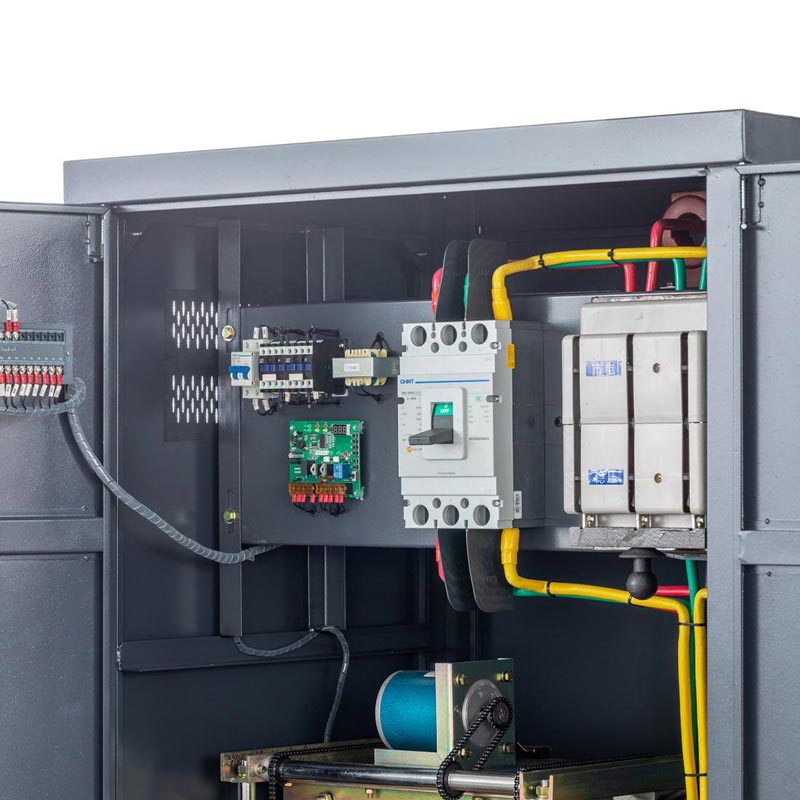
The most important difference between Servo Stabilizer & Static Stabilizer
1.Reliability
The servo voltage stabilizer achieves correction in the voltage load by increasing or decreasing the number winding in the auto transformer with the help of the shaft of the servo motor.
This results in increase or decrease of the voltage across the primary of the Buck or Boost transformer in place of the Buck or Boost transformer thereby correcting the output voltage.
Therefore the reliability of the servo voltage regulators mainly depends on the reliability of the servo motor. Similarly, the reliability of the static voltage stabilizer depends on the reliability of the IGBT power stage.
But if we do a general comparison the static IGBT power stage has proved to be more reliable than the electromechanical servo motor, thus the SVS is more reliable than the servo stabilizer.
2. Protection Level
There is no doubt that while a stabilizer controls voltage fluctuations it should also provide protection to the heavy machinery from under and over current faults that result from short circuits.
The DSP control board present in the static voltage stabilizer continuously senses the input voltage; the output voltage, the IGBT current and the load current as part of its working principle. When a short circuit happens at the output of static voltage stabilizer, the load current increases to an extremely high level which automatically gets sensed by the DSP controller which makes it cut the output and switches of IGBT power stage- this is done instantly to clear over current fault.
Therefore, the over current fault gets clear in the SVS extremely quickly and without the need to add any extra hardware. But in the case of servo stabilizer, the over current protection can be achieved only with the help of extra hardware such as MCCB, CB etc.- but this process of clearing faults is not instant.
3.Correct Speed And Time
The static stabilizer has no moving parts. Together its voltage correction is comparatively accurate. Whenever there is a high voltage rectification speed, the static voltage stabilizer has a correction time of less than 20 to 30 milliseconds.
And a remarkably high correction speed ranging from 360 to 500 V / sec. The correction time ranges from 50 milliseconds to 5 seconds, while the static voltage is slower than that of the stabilizer.
4.Maintenance
You will be aware that servo motors and shaft work in the servo stabilizer, for this reason, it regularly encounters wear and tear.
Stabilizers are required to be maintained regularly, so they require maintenance. But due to the static nature of the static stabilizer regulator, it does not require any type of maintenance.





